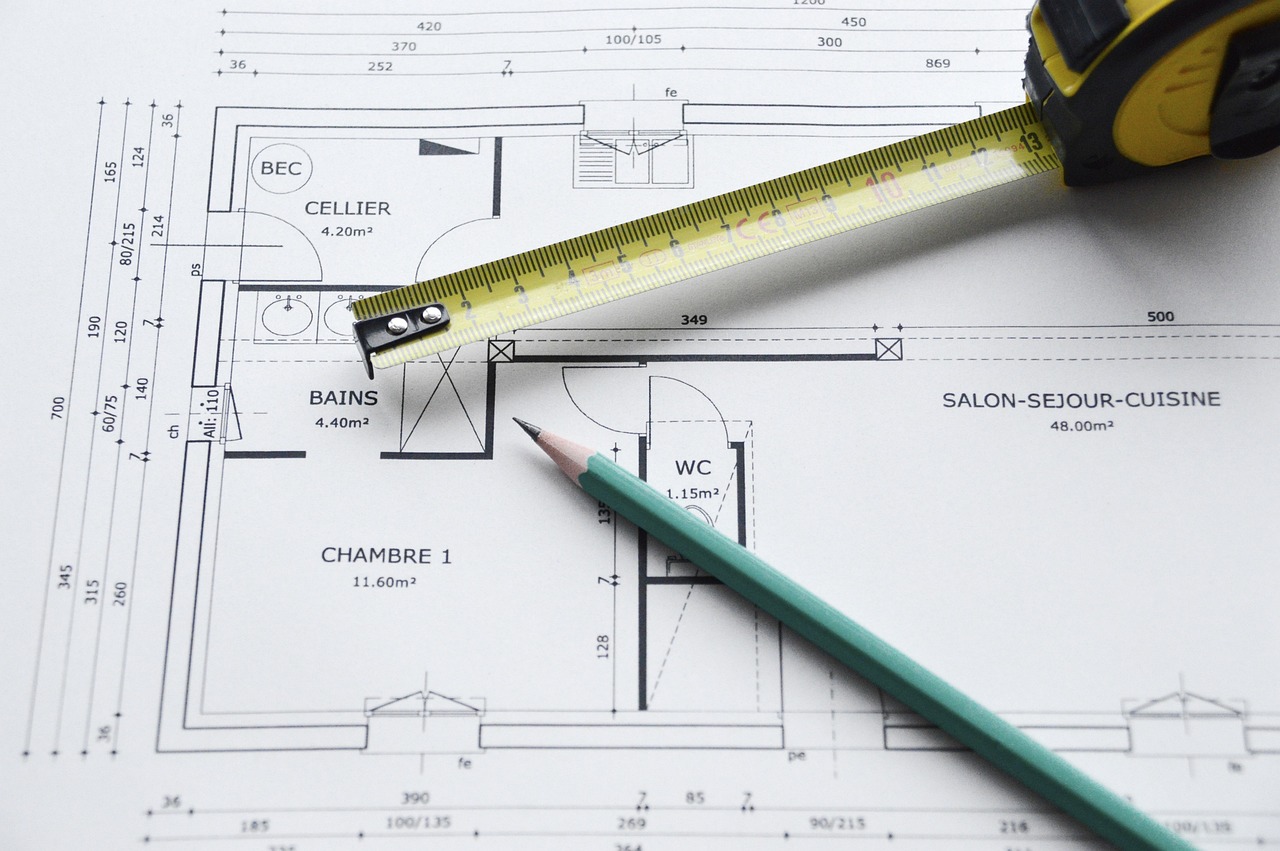Modern Architect

-
Table of Contents
- The Modern Architect: Blending Creativity with Functionality
- The Role of Creativity in Modern Architecture
- Innovative Design Concepts
- Technology Integration
- Functionality: Meeting Practical Needs
- Usability and Accessibility
- Sustainability
- Case Studies: Successful Blends of Creativity and Functionality
- The Guggenheim Museum Bilbao
- The Bosco Verticale
- Statistics: The Impact of Modern Architecture
- Conclusion
The Modern Architect: Blending Creativity with Functionality
In the ever-evolving field of architecture, the modern architect faces the challenge of harmonizing creativity with functionality. This balance is not merely a trend but a necessity in today’s world, where buildings must serve practical purposes while also inspiring and delighting those who use them. This article explores how contemporary architects achieve this balance, supported by examples, case studies, and statistics.
The Role of Creativity in Modern Architecture
Creativity in architecture is about more than just aesthetics. It involves innovative thinking, problem-solving, and the ability to envision spaces that are both beautiful and functional. Modern architects draw inspiration from various sources, including nature, technology, and cultural heritage, to create designs that stand out.
Innovative Design Concepts
Modern architects often employ innovative design concepts to create unique structures. For instance, the use of biomimicry, where designs are inspired by natural forms and processes, has led to the creation of buildings that are both sustainable and visually striking. The Eastgate Centre in Harare, Zimbabwe, designed by architect Mick Pearce, is a prime example. The building’s design mimics the self-cooling mounds of African termites, resulting in a structure that uses 90% less energy for ventilation than conventional buildings.
Technology Integration
Technology plays a significant role in modern architecture. Advanced software allows architects to create complex designs that were previously impossible. Additionally, the integration of smart technologies into buildings enhances their functionality. The Edge in Amsterdam, designed by PLP Architecture, is often cited as the world’s smartest building. It uses a network of sensors to optimize lighting, heating, and even desk allocation, creating a highly efficient and user-friendly environment.
Functionality: Meeting Practical Needs
While creativity is vital, functionality remains a cornerstone of architectural design. Buildings must meet the practical needs of their users, whether they are homes, offices, or public spaces. This involves considering factors such as usability, accessibility, and sustainability.
Usability and Accessibility
Usability and accessibility are critical aspects of functional design. Architects must ensure that their designs are user-friendly and accessible to all individuals, including those with disabilities. The Sydney Opera House, designed by Jørn Utzon, is an iconic example of a building that combines stunning design with practical usability. Its layout and facilities are designed to accommodate a wide range of performances and events, making it a versatile and functional space.
Sustainability
Sustainability is another key aspect of functionality in modern architecture. With growing concerns about climate change and resource depletion, architects are increasingly focusing on creating buildings that are environmentally friendly. The Bullitt Center in Seattle, designed by Miller Hull Partnership, is one of the greenest commercial buildings in the world. It features solar panels, rainwater harvesting, and composting toilets, demonstrating how functionality and sustainability can go hand in hand.
Case Studies: Successful Blends of Creativity and Functionality
Several contemporary buildings exemplify the successful blend of creativity and functionality. These case studies highlight how architects can create spaces that are both inspiring and practical.
The Guggenheim Museum Bilbao
Designed by Frank Gehry, the Guggenheim Museum Bilbao is a masterpiece of modern architecture. Its innovative design, featuring flowing curves and titanium cladding, has made it an iconic landmark. At the same time, the museum’s layout and facilities are designed to enhance the visitor experience, making it a functional space for displaying art.
The Bosco Verticale
The Bosco Verticale in Milan, designed by Stefano Boeri, is a striking example of how architecture can blend creativity with functionality. These residential towers are covered in trees and plants, creating a vertical forest that improves air quality and provides a unique living environment. The design not only addresses environmental concerns but also offers residents a beautiful and functional space to live.
Statistics: The Impact of Modern Architecture
Statistics provide valuable insights into the impact of modern architecture. According to a report by the World Green Building Council, green buildings can reduce energy consumption by up to 30%, water usage by 50%, and carbon emissions by 35%. These figures highlight the importance of sustainable design in modern architecture.
Additionally, a study by the American Institute of Architects found that 90% of clients believe that design quality directly impacts their satisfaction with a building. This underscores the importance of creativity in creating spaces that people love to use.
Conclusion
The modern architect’s role involves a delicate balance between creativity and functionality. By drawing on innovative design concepts, integrating technology, and focusing on usability and sustainability, architects can create buildings that are both beautiful and practical. Case studies like the Guggenheim Museum Bilbao and the Bosco Verticale demonstrate how this balance can be achieved. As statistics show, the impact of such designs is significant, benefiting both the environment and the people who use these spaces. The future of architecture lies in continuing to blend creativity with functionality, creating spaces that inspire and serve their users effectively.
https://www.youtube.com/watch?v=XDwV55M07aY